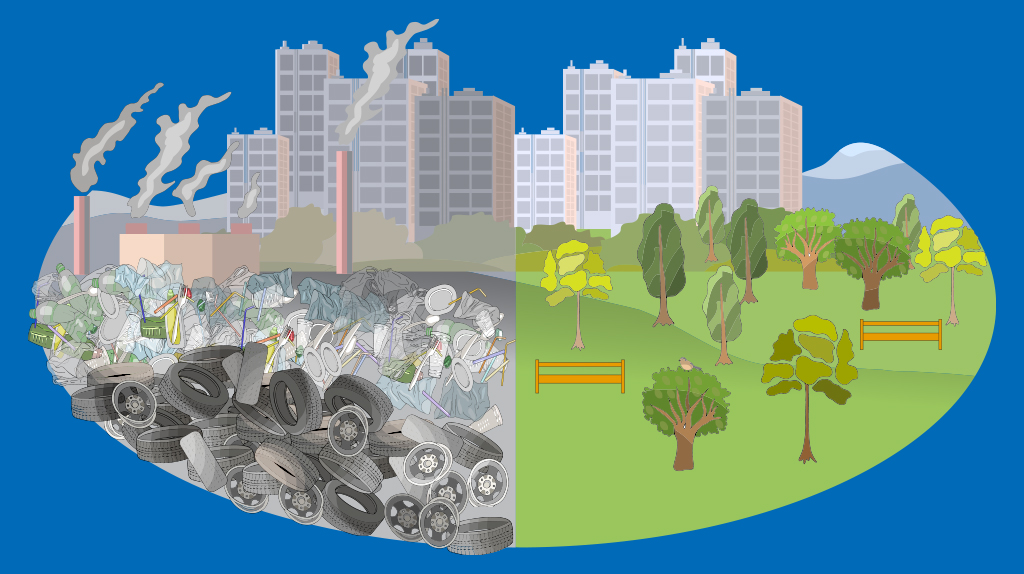Archive: Call to Action for Science Education: Building Opportunity for the Future, September 27, 2021
The Call to Action for Science Education-- released by a committee convened by the National Academies of Sciences, Engineering, and Medicine in mid-July and funded by the Carnegie Corporation --identifies effective science education practices and lays out major challenges for implementing a coherent K-16 science education program. It calls on federal agencies, state an
The Call to Action for Science Education-- released by a committee convened by the National Academies of Sciences, Engineering, and Medicine in mid-July and funded by the Carnegie Corporation --identifies effective science education practices and lays out major challenges for implementing a coherent K-16 science education program. It calls on federal agencies, state an
The Call to Action for Science Education-- released by a committee convened by the National Academies of Sciences, Engineering, and Medicine in mid-July and funded by the Carnegie Corporation --identifies effective science education practices and lays out major challenges for implementing a coherent K-16 science education program. It calls on federal agencies, state an
The Call to Action for Science Education-- released by a committee convened by the National Academies of Sciences, Engineering, and Medicine in mid-July and funded by the Carnegie Corporation --identifies effective science education practices and lays out major challenges for implementing a coherent K-16 science education program. It calls on federal agencies, state an





